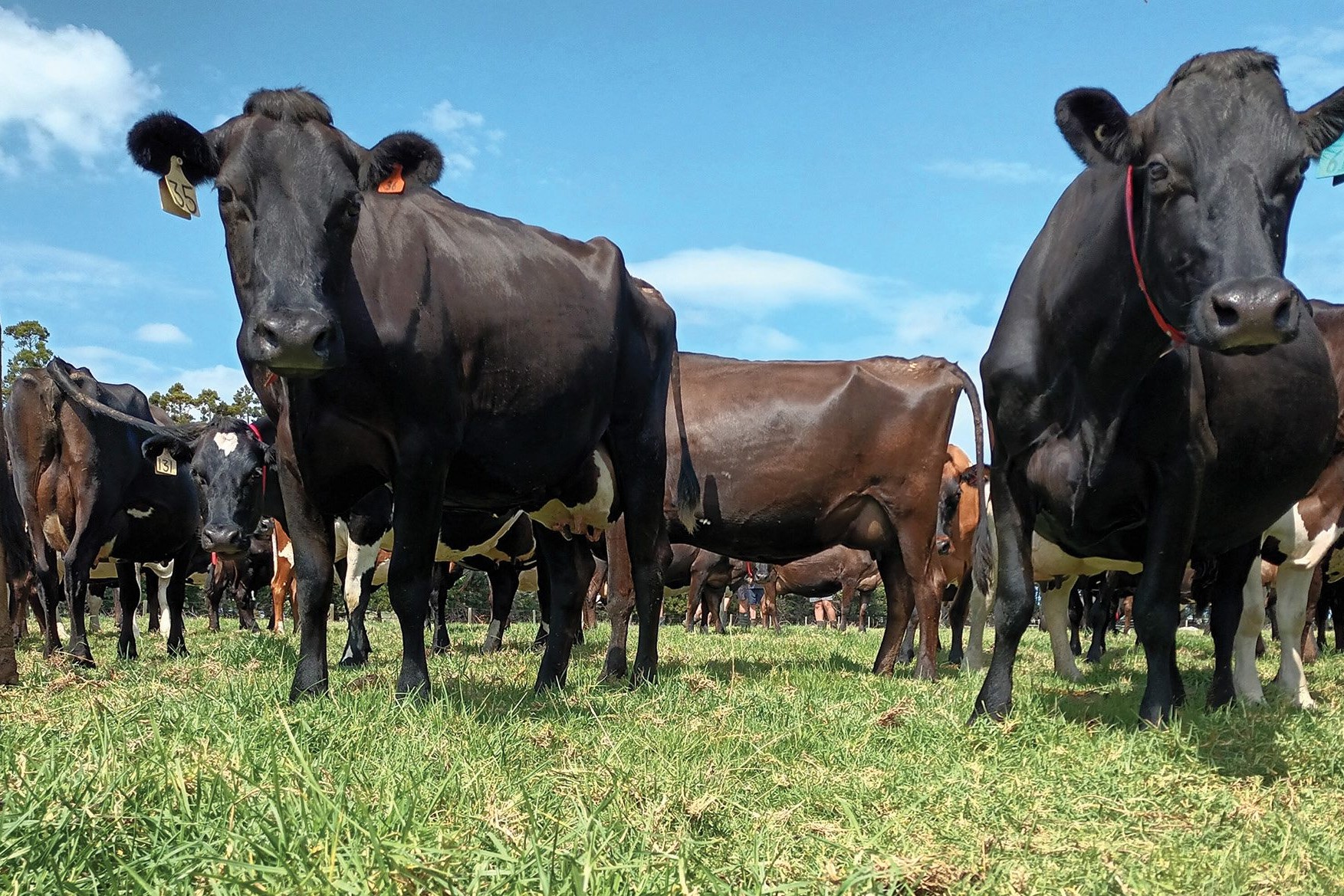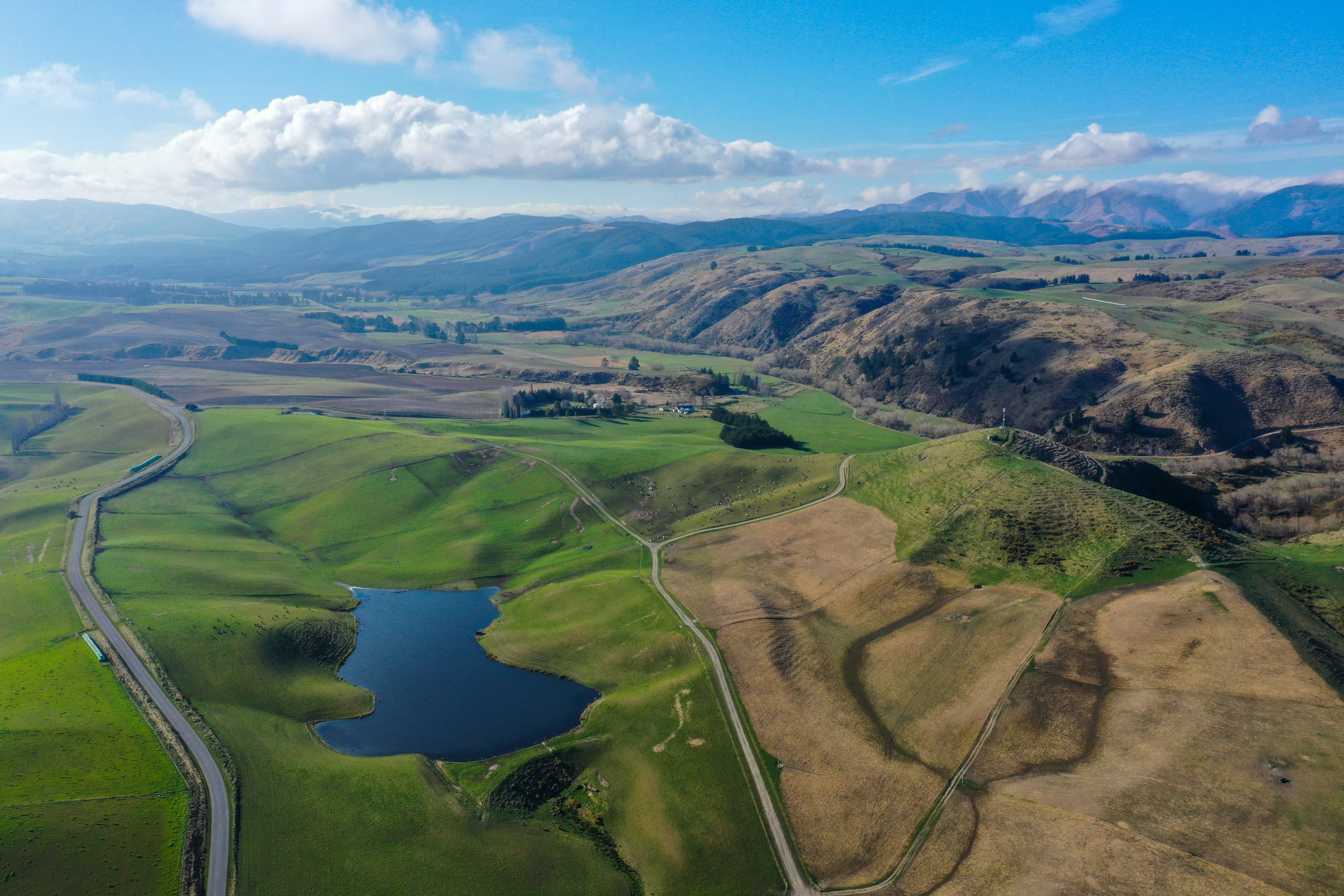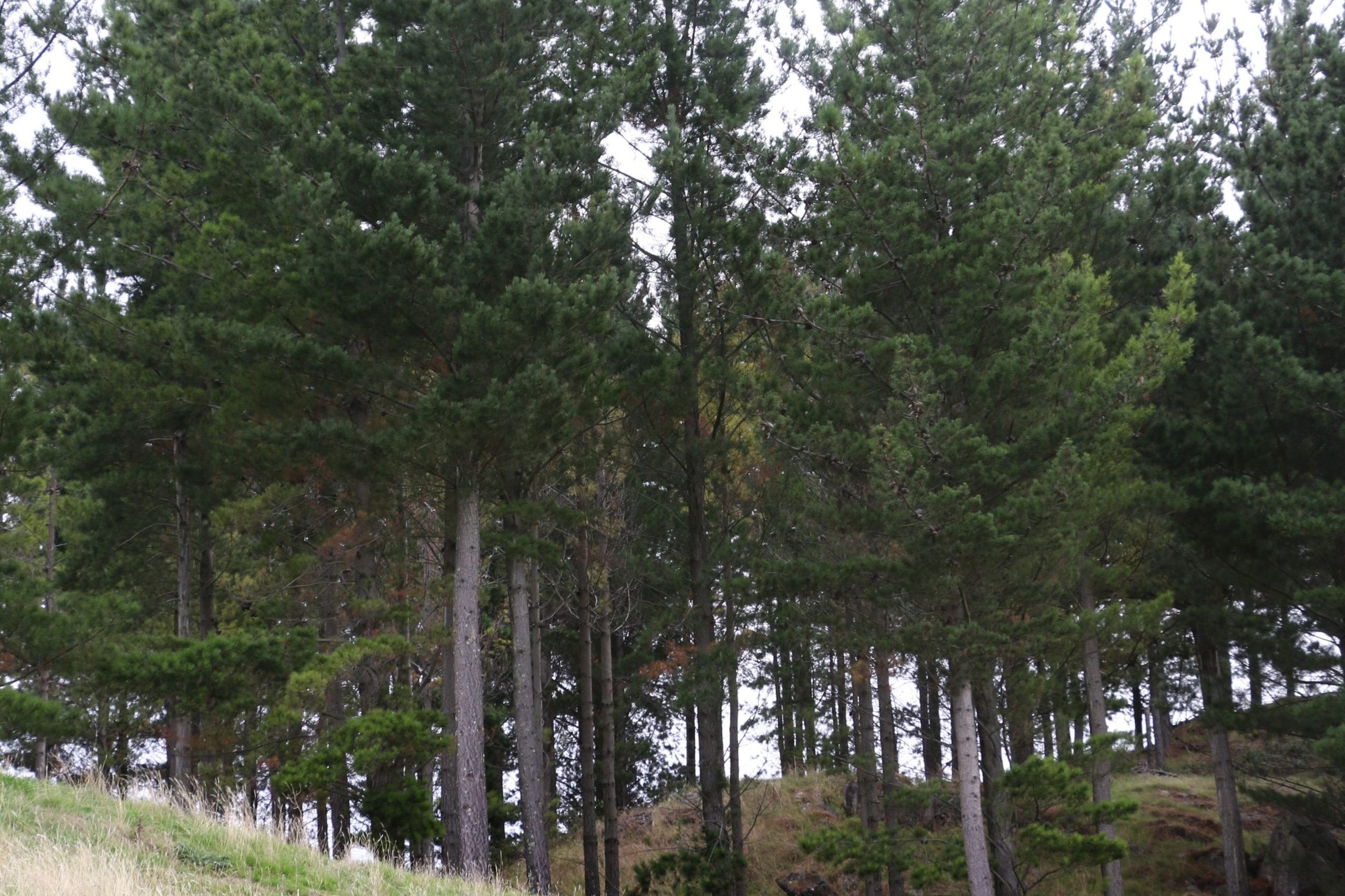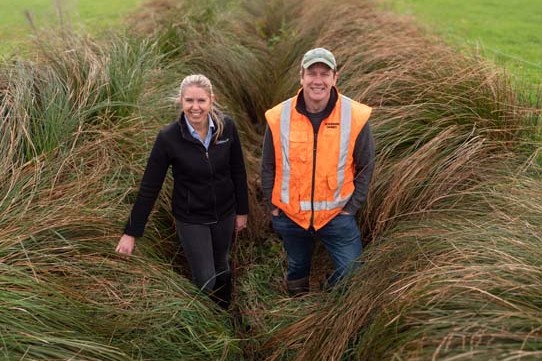Northern pastures out of step
Kikuyu is a challenge for northern farmers and it’s spreading south. By Delwyn Dickey.

Kikuyu is the bane of northern farmers. Widespread on many Northland farms, pasture containing the tropical species needs to be intensively managed to bring its performance up to levels similar to other species.
If poorly managed its feed quality can drop significantly.
Now a small scoping project to see how a system with kikuyu pasture might differ from that assumed in the calculations for the inventory is underway through the Ministry for Primary Industries’ greenhouse gas inventory team, responsible for calculating national agricultural greenhouse gas emissions.
Given how widespread kikuyu is in the north and with its continued spread south into northern Waikato as the climate warms, learning more about it is important.
Undertaken at NARF (Northland Agricultural Research Farm) at Dargaville, the research is a joint venture between AgResearch’s Grasslands Research Centre and consultancy AgFirst and aims to see how northern kikuyu and rye grass pastures compare with monthly pasture quality measurements used for the New Zealand greenhouse gas inventory.
The team at NARF have plenty of experience with the ins and outs of kikuyu pasture management for dairy production, developing a best practice guide for the pasture. https://nddt.nz/wp-content/uploads/KikuyuMgmtGuide2019(1).pdf
While the frost-tender species may not grow as well as other species during winter, kikuyu’s saving grace is the pasture holds up better during the hot and dry summer and autumns experienced in Northland, when traditional ryegrass often struggles.
Three pastures are being looked at:
The first is kikuyu not being intensively managed (taken from outside the rotational grazing paddocks on the farm) as might be found on poorly managed pastures, or for sheep and beef grazing.
The other two are intensively managed kikuyu pasture, and ryegrass pastures.
Running over two years the warmer months from January through to July are being looked at. Laboratory testing for pasture content will continue again this summer and autumn, with pasture samples taken once a month.
Initial results are a mixed bag.
Along with lower milk production from poorly managed kikuyu pastures, the research suggests cows grazing these under-performing paddocks could potentially be producing higher methane levels.
Early work on pasture species by the Pastoral Greenhouse Gas Research Consortium showed different species in themselves don’t make a difference to the amount of methane emissions stock produce consortium general manager, Mark Aspin says.
“All of the main pasture species produce about the same – there’s not a lot of difference. And it’s the same across the seasons. There is perhaps slightly less in spring with good quality pasture.”
The amount of methane produced comes from the amount of pasture the animals are eating, he says.
“Pasture that is in poor condition where animals would need to eat more to get the nutrients they need is going to see more methane produced,” he says.
So if the kikuyu is lower quality it may mean the animal needs to eat more of it. That would see more methane produced, he says, raising the amount of methane produced per kg/milk solids.
Kikuyu spreads by sending out long stolons (stems) which has a sheath around it. The stolons and sheath are harder to digest and are lower quality feed with less crude protein and less metabolisable energy. Kikuyu tends to smother other pasture species over time if left unchecked, can climb several metres into trees, over fences, and form dense mats on the ground if not managed well.
The leaves coming off these stolons give the best quality feed.
NARF has found best practice is to keep the stolons short and the sward under 30cm, particularly over the driest months from January through March when kikuyu is dominant in pasture. This is achieved by moderate to heavy stocking rates with pasture eaten well down leaving low residuals.
Mechanical mulching to take the grass almost to ground level follows in autumn, before Italian ryegrass is sown for winter growth.
They found there is quite a difference in the quality of feed from the high and low management systems for kikuyu.
While there was a lot more herbage mass coming off the low managed kikuyu pasture – more than 1.5 times that of the intensely grazed kikuyu pasture and rye grass pastures – there was nearly half the crude protein and less metabolisable energy. This was because of the larger amount of stolons in it compared to the better quality leaves.
The good news was cows on the intensely managed kikuyu pasture should be able to achieve similar milksolid production results as those on the ryegrass pasture. But Northland’s harder climate still managed to upset things with results from both well-managed pastures still down compared to pasture measurements used in the inventory.
“While rye grass and intensively managed kikuyu could produce similar quality pasture, with similar levels of crude protein and metabolisable energy, quality still drops off in the dry, hot northern summer and autumns, and is more similar to the values used in the national GHG inventory for sheep and beef pastures,” project lead and senior scientist at AgResearch Arjan Jonker, says.
National monthly milksolids production used in the inventory would also not reflect the northern production profile taking into account pasture type and growth patterns, he says.
The methodology used would see nitrous oxide emissions overestimated and methane emission underestimated, but this too is probably too simplistic to use as a message to farmers because it focuses on one component of the inventory model, not the whole model.
It’s too soon to make any firm conclusions from the research Arjan says as the first year’s results are from a drier and slightly hotter than usual summer/autumn, while this year’s results will be coming from a much wetter summer than usual, and possibly wetter autumn too.
Even so the research could raise some interesting issues.
Could regional, rather than national calculations for the GHG inventory for pasture be needed, in some cases at least, that takes pasture type and management into consideration.
And if management turns out to have more than a minimal effect on the amount of methane and nitrous oxide animals produce, how to get on top of it. While dairy farms are more likely to be on gentler land making kikuyu management easier, more hilly land is generally used for beef and sheep farming, making effective management of kikuyu there much harder.





